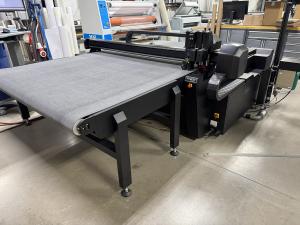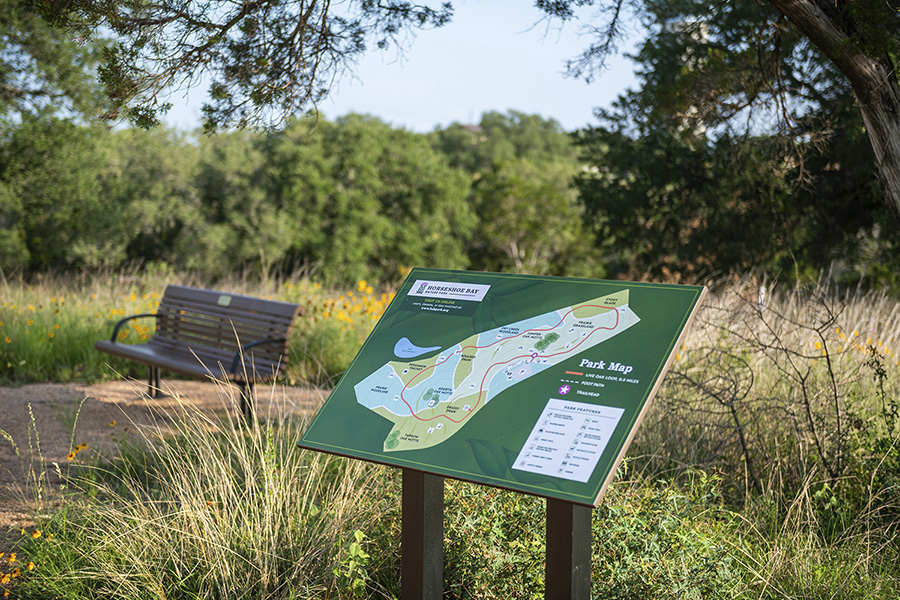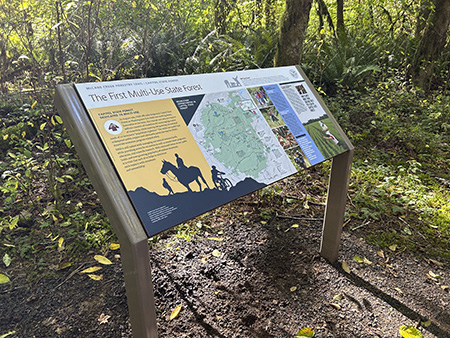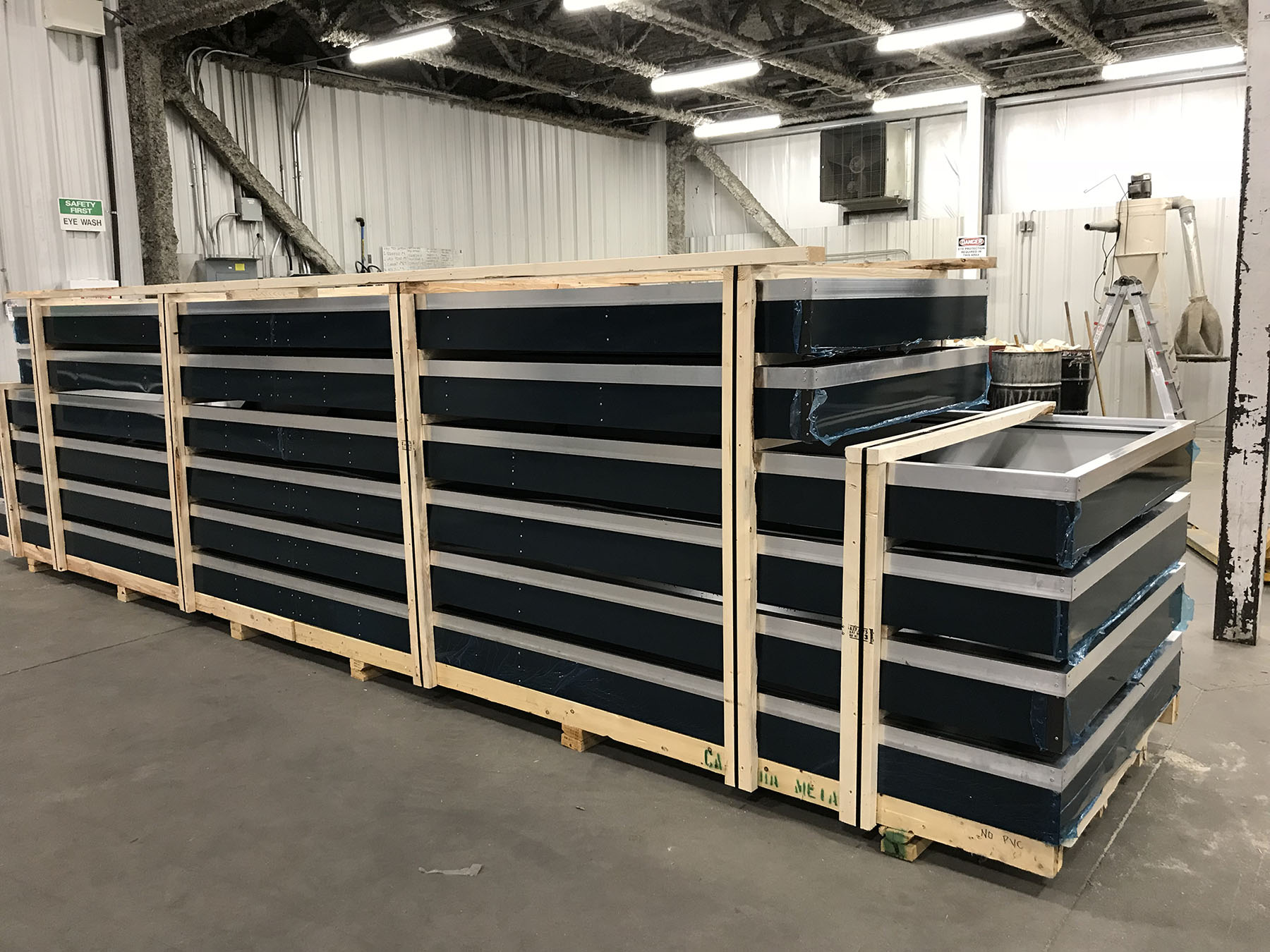Sign Installation: Monuments made easier
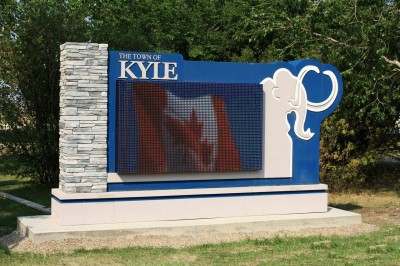
The pipes are then slowly twisted into the sign, while the foam sealant is sprayed around their perimeter. The exact number (and, for that matter, diameter) of the pipes will depend on the size and source of the sign. Larger signs may require additional pipes and/or wider pipes to ensure sufficient durability and wind load capacity.
Next, post holes for the sign are dug into the ground, using the digger or auger. The depth of the holes will depend on local sign ordinances. It is important after placing the sign posts into the ground to double-check the surface and the sign are still level.
Finally, the sign may need to be slightly raised as the cement is poured into the holes for permanent installation. As such, it will be necessary to triple-check the sign and surface remain level.
Versatility in the field
While breadth of durability and ease of installation are important, versatility was the driving factor for Regina-based Signal, which has now integrated plastic hardcoated monument signs into its regular offerings.
“Foam monuments have allowed us to make 99.9 per cent of what we could dream up,” says Mantyak. “We were looking for something that had very few limitations, allowing us to integrate light-emitting diode-based (LED-based) EMCs and other products we already offered. And we have been very successful—we have nearly 30 foam monument signs under our belt and our clients love the product.”
As Signal continues to receive more requests every day for this type of sign, the one installed in 2011 as a welcome sign for Kyle has received many positive comments about its appearance and quality.
Kathryn Schwartz is marketing manager for Peachtree City Foamcraft, which manufactures and wholesales monument signs, foam props, EPS structures and architectural accents. With files from Signal Industries. For more information, visit www.foamcraft.info and www.signalindustries.ca.

